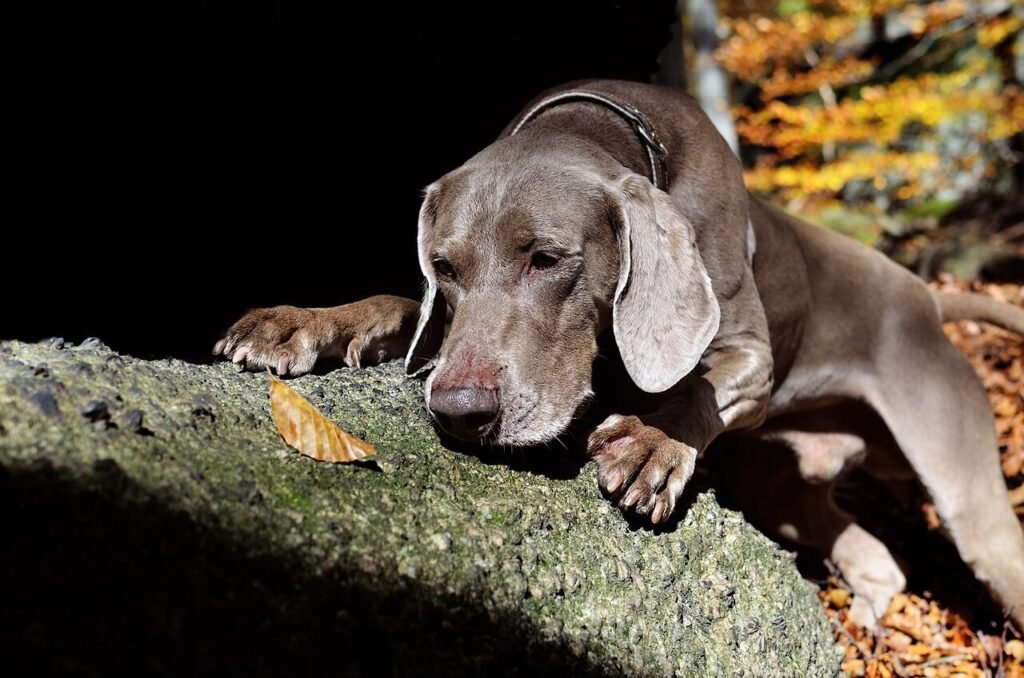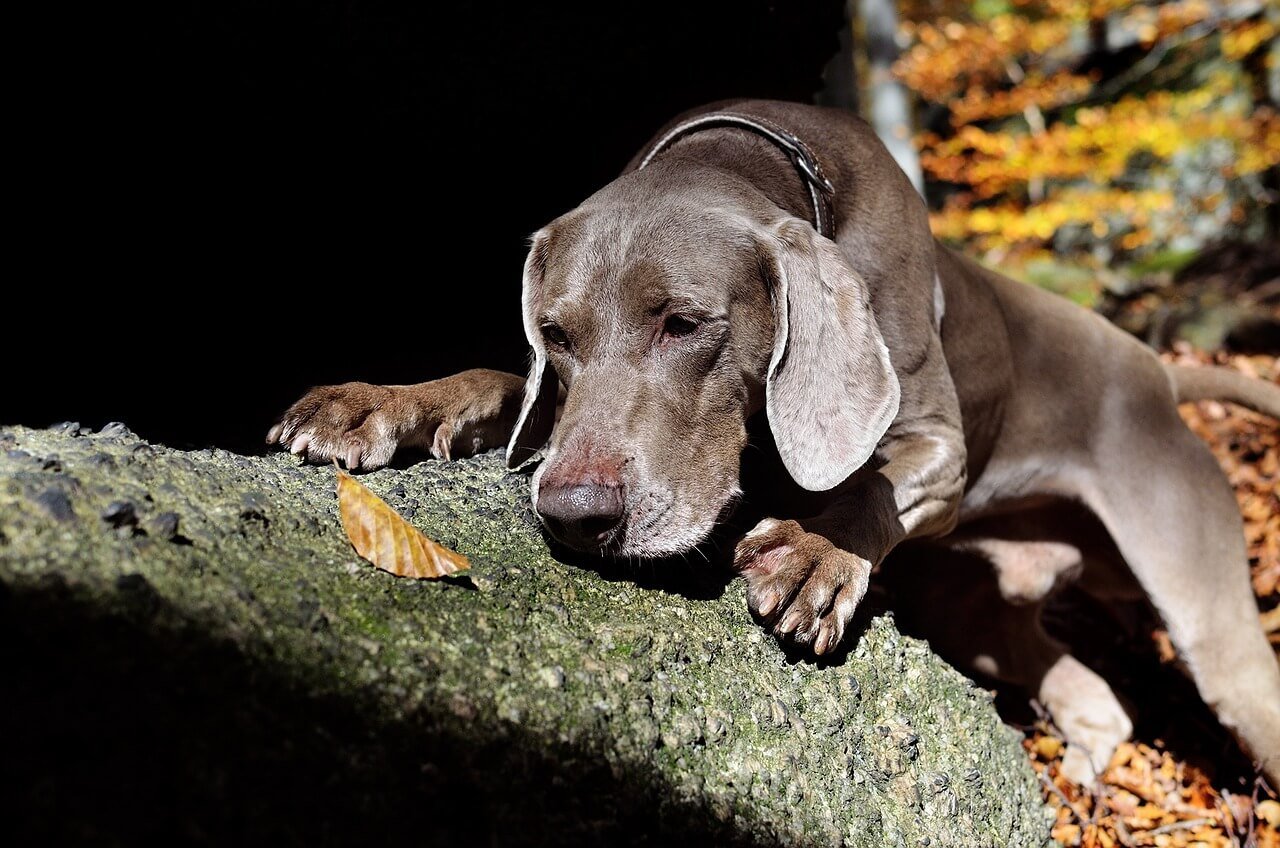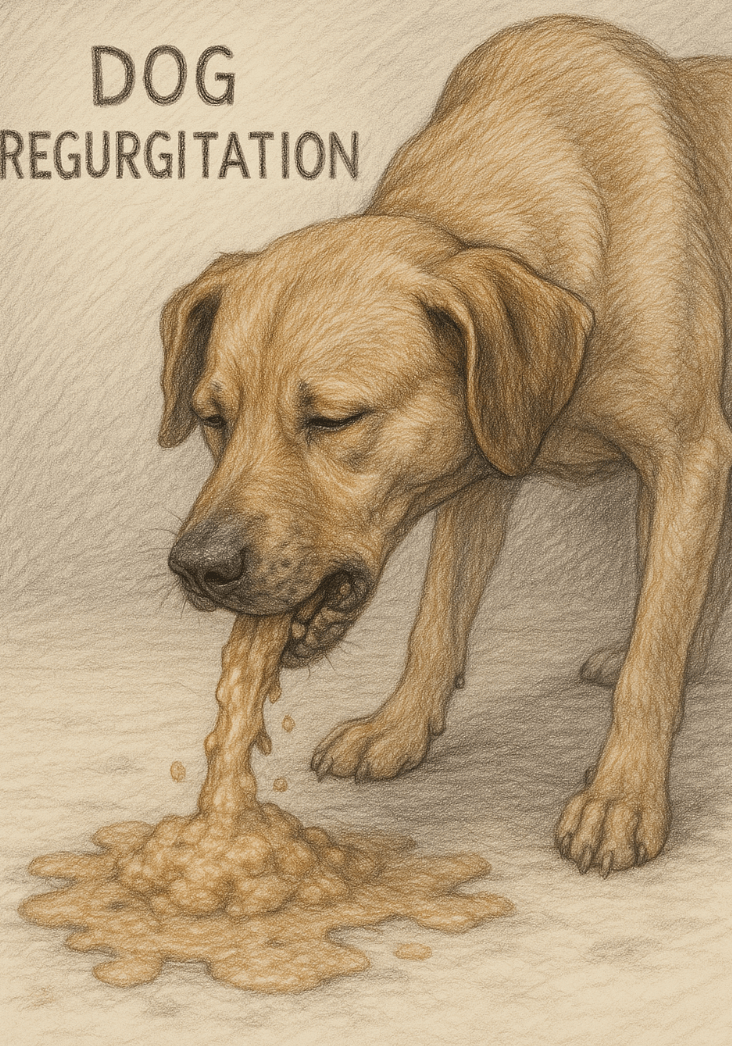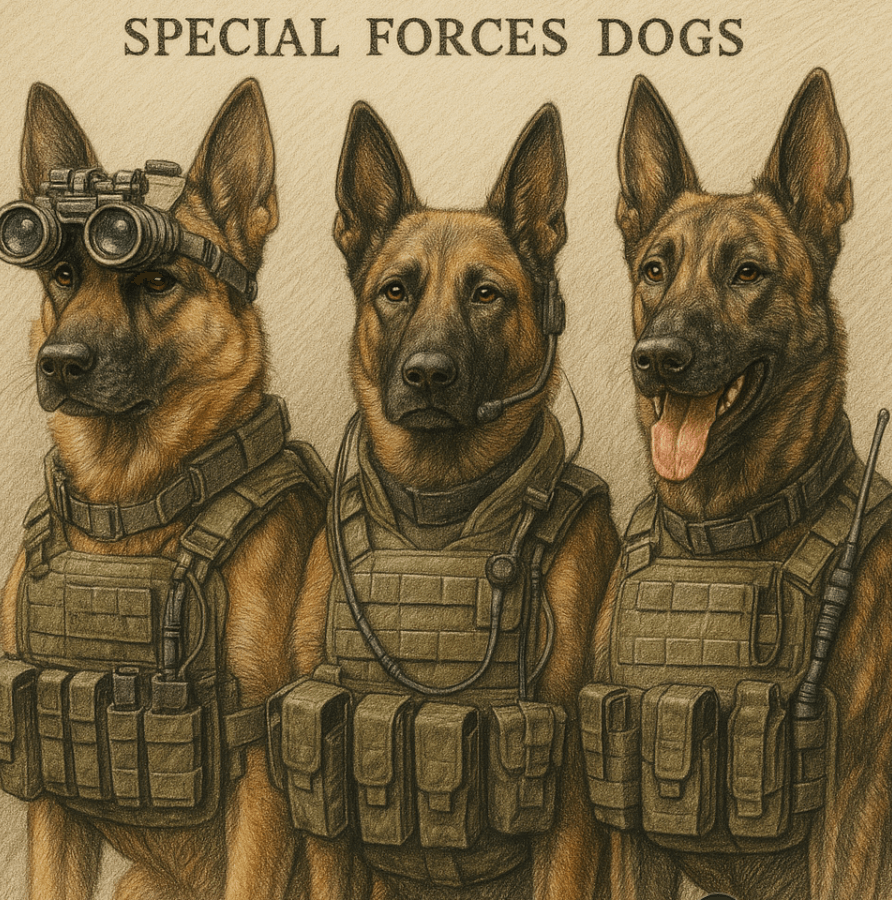Understanding Hypertrophic Osteopathy in Dogs: A Comprehensive Guide
Hypertrophic osteopathy is a condition that affects dogs, causing abnormal bone growth and discomfort. While it may not be as commonly discussed as other canine health issues, it’s essential for dog owners to recognize the signs and understand its causes. This condition often arises secondary to underlying health problems, making early detection and treatment critical. In this blog post, we’ll explore what hypertrophic osteopathy is, its symptoms, potential causes, and how it can be managed. By the end, you’ll have a clearer understanding of this condition and feel more equipped to support your furry friend’s well-being.
Symptoms of Hypertrophic Osteopathy in Dogs
Recognizing the symptoms of hypertrophic osteopathy is crucial for early intervention. This condition primarily affects the long bones of a dog’s limbs, leading to noticeable changes in their behavior and physical appearance. Here are some common signs to watch for:
Lameness or Limping:
One of the earliest signs is difficulty walking or limping, often due to pain in the affected limbs.Swollen Limbs:
The long bones in the legs may appear swollen or thicker than usual, which is a hallmark of the condition.Pain on Touch:
Dogs may react negatively when their legs or paws are touched, indicating sensitivity or discomfort.Reluctance to Move:
Affected dogs may show reduced interest in physical activities like running, jumping, or playing.Warmth Around Limbs:
The affected areas may feel warm to the touch due to inflammation.
If you notice any of these symptoms in your dog, it’s important to consult a veterinarian promptly. Early diagnosis can help address the root cause and alleviate your dog’s discomfort.
Potential Causes of Hypertrophic Osteopathy
Hypertrophic osteopathy is typically a secondary condition, meaning it develops as a result of an underlying issue elsewhere in the body. Understanding these potential causes can help veterinarians identify and treat the primary problem. Here are some common triggers:
Chest Infections or Tumors:
Lung infections or tumors are frequent culprits, as they can trigger an immune response that leads to bone changes.Abdominal Diseases:
Conditions like liver disease or gastrointestinal tumors can also contribute to the development of hypertrophic osteopathy.Heartworm Infection:
Parasitic infections, such as heartworms, may sometimes be linked to this condition.Chronic Inflammation:
Prolonged inflammatory conditions in the body can stimulate abnormal bone growth.Metastatic Cancer:
Cancer that spreads to other parts of the body, particularly the lungs, is another known cause.
By addressing the underlying cause, veterinarians can often manage or even reverse the effects of hypertrophic osteopathy. Proper diagnosis is key to effective treatment.
Check this guide 👉Endocarditis in Dogs: Best 7 Expert Tips!

Symptoms of Hypertrophic Osteopathy | Possible Causes |
|---|---|
Lameness or limping | Chest infections or tumors |
Swollen limbs | Abdominal diseases |
Pain on touch | Heartworm infection |
Reluctance to move | Chronic inflammation |
Warmth around limbs | Metastatic cancer |
Diagnosis of Hypertrophic Osteopathy in Dogs
Diagnosing hypertrophic osteopathy requires a thorough evaluation by a veterinarian. Since the condition is often secondary to another health issue, identifying the root cause is essential. Here’s how veterinarians typically approach the diagnostic process:
Physical Examination:
The vet will assess the dog’s limbs for swelling, warmth, and tenderness, as well as observe their gait.X-rays (Radiographs):
Imaging tests can reveal characteristic bone changes, such as periosteal thickening along the long bones.Blood Tests:
Blood work helps identify underlying infections, inflammation, or organ dysfunction.Ultrasound or CT Scans:
Advanced imaging may be used to detect tumors or abnormalities in the chest or abdomen.Referral to Specialists:
In complex cases, a referral to an oncologist or internal medicine specialist may be necessary.
A comprehensive diagnostic approach ensures that both the symptoms and the underlying cause are addressed effectively. Early intervention can significantly improve outcomes for affected dogs.
Treatment Options for Hypertrophic Osteopathy
While hypertrophic osteopathy itself cannot always be cured, managing the underlying cause can alleviate symptoms and improve your dog’s quality of life. Here are some common treatment approaches:
Treating the Primary Condition:
Addressing the root cause, such as removing a tumor or treating an infection, often leads to symptom relief.Pain Management:
Medications like nonsteroidal anti-inflammatory drugs (NSAIDs) can help reduce pain and inflammation.Restricted Activity:
Limiting physical activity allows the bones to heal and prevents further strain on the limbs.Nutritional Support:
A balanced diet rich in essential nutrients supports overall health and recovery.Regular Monitoring:
Follow-up visits with the vet ensure that the condition is being managed effectively and adjustments can be made as needed.
With proper care and attention, many dogs with hypertrophic osteopathy can lead comfortable lives. Always follow your veterinarian’s recommendations for the best results.
Preventive Measures to Reduce Risk
While hypertrophic osteopathy isn’t always preventable, certain measures can reduce the risk of underlying conditions that trigger it. Here are some preventive strategies:
Regular Vet Check-Ups:
Routine examinations help catch potential issues before they escalate.Heartworm Prevention:
Administering monthly heartworm prevention medication protects against parasitic infections.Healthy Diet and Exercise:
Maintaining a balanced diet and active lifestyle supports overall health and reduces the risk of chronic diseases.Early Detection of Tumors:
Regularly check your dog for lumps or unusual symptoms and report them to your vet promptly.Vaccinations and Parasite Control:
Keeping your dog up-to-date on vaccinations and parasite control minimizes the risk of infections.
Taking these steps can help minimize the likelihood of conditions that may lead to hypertrophic osteopathy, ensuring your dog stays healthy and active.
Emotional Impact on Dog Owners
Dealing with a dog diagnosed with hypertrophic osteopathy can be emotionally challenging for pet owners. Understanding the emotional toll can help you cope better during this time.
Feelings of Helplessness:
Watching your dog in pain can leave you feeling powerless, but remember that veterinary care can make a difference.Financial Concerns:
Treatment costs can add stress, so consider setting aside savings or exploring pet insurance options.Bond Strengthening:
Caring for your dog during this time can deepen your bond and create lasting memories.Support Networks:
Connecting with other dog owners or support groups can provide emotional relief and practical advice.Celebrating Small Wins:
Focusing on progress, no matter how small, can boost your morale and keep you motivated.
Acknowledging these emotions allows you to navigate the journey with greater resilience and compassion.
Long-Term Care Tips for Affected Dogs
Managing hypertrophic osteopathy requires ongoing care and attention. Here are some long-term strategies to ensure your dog remains comfortable and happy.
Consistent Medication:
Administer prescribed medications as directed to manage pain and inflammation effectively.Weight Management:
Keeping your dog at a healthy weight reduces strain on their limbs and improves mobility.Adapted Exercise Plans:
Modify exercise routines to suit your dog’s abilities, focusing on low-impact activities like swimming.Comfortable Environment:
Provide soft bedding and easy access to food, water, and resting areas to enhance their comfort.Monitor for Changes:
Stay alert to any new symptoms or worsening conditions and report them to your vet immediately.
By implementing these long-term care tips, you can help your dog maintain a good quality of life despite the challenges of hypertrophic osteopathy.
Frequently Asked Questions About Hypertrophic Osteopathy in Dogs
Is hypertrophic osteopathy painful for dogs?
Yes, the condition often causes pain and discomfort, particularly in the limbs.
Can hypertrophic osteopathy be cured?
While the condition itself may not be curable, treating the underlying cause can resolve symptoms.
How common is hypertrophic osteopathy in dogs?
It’s relatively rare but more commonly seen in larger breeds and older dogs.
Are certain breeds more prone to this condition?
Breeds like Greyhounds and Boxers may be at higher risk due to their susceptibility to lung and abdominal tumors.
What should I do if I suspect my dog has hypertrophic osteopathy?
Contact your veterinarian immediately for a thorough examination and diagnosis.
The Path to Recovery: Supporting Your Dog Through Hypertrophic Osteopathy
Hypertrophic osteopathy can be a challenging condition for both dogs and their owners, but with early detection and proper management, many dogs can experience significant improvement. Understanding the symptoms, causes, and treatment options empowers you to take proactive steps in safeguarding your dog’s health. Remember, your veterinarian is your greatest ally in navigating this condition. By staying vigilant and providing loving care, you can help your furry companion live a happy and fulfilling life despite this diagnosis.
What Is Grain-Free Dog Food? Best 7 Expert Tips! Discover the benefits, ingredients, and expert advice on grain-free dog food to help you choose the best diet for your pup’s health and happiness.
Airedale Terrier: Best 7 Expert Tips! Discover expert advice on training, grooming, and living with this intelligent, energetic breed for a happy and healthy companion.
Understanding Dog Regurgitation: Best 7 Expert Tips! Learn how to identify causes, manage symptoms, and prevent regurgitation in dogs with expert advice for a healthier, happier pet.
Special Forces Dogs: Best 7 Expert Tips! Discover expert advice on training, care, and the vital roles these heroic canines play in military operations worldwide.





